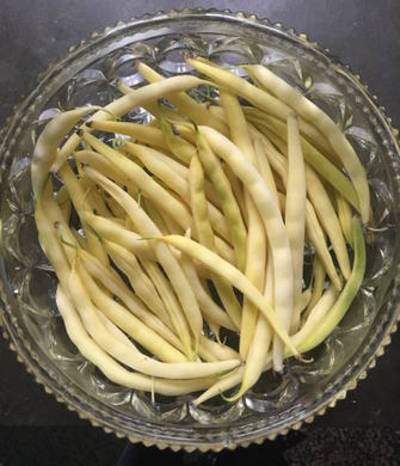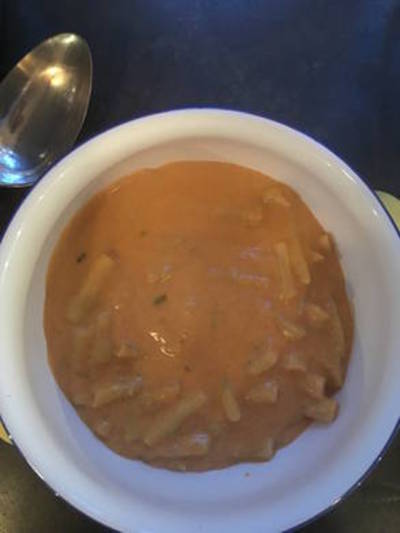The brand new Blue Guide Hungary Food Companion is now out. A handy lexicon of Magyar food vocabulary, with a miscellany of culinary information (and a few traditional recipes) thrown into the pot alongside.

Hungary typically has blisteringly hot summers but curiously no real summer cuisine. A cold fruit soup made from strawberry, apricot or sour cherry, followed by stuffed marrow or stuffed paprika, is about as light as it gets in the traditional repertoire. Summer is also the season for “főzelék”. As the interwar court chef Sándor Újváry noted, “It is needless to list the types of főzelék that belong to the domestic culinary repertoire and which are prepared on a daily basis in so many kitchens: they are all universally known…and the perfect preparation of these well-known types of főzelék requires little effort and few ingredients.”
Sounds good. But what is a főzelék? The name roughly means a boil-up, which is essentially accurate: a főzelék is a dish of boiled vegetable, sometimes puréed and sometimes not, mixed with a roux and eaten with a spoon. Almost any vegetable can be used, from the humble potato (krumpli) to the more highly prized asparagus (spárga). On menus, you will commonly find cabbage (káposzta) főzelék, spinach (spenót) főzelék, pumpkin (tök) főzelék, green pea (zöldborsó) főzelék. In the market this morning we found yellow string beans (vajbab). So yellow string bean főzelék it was to be.
Here they are in their raw state:

And this is the recipe we followed to turn them into főzelék.
1. Wash and chop the beans, into sections roughly 2–3cm long. Cook them until tender in lightly salted water (we had some leftover chicken stock, so we used that instead).
2. Prepare the roux. With a wire whisk, combine flour and sour cream and powdered paprika. We used three heaped teaspoons of flour, one heaped teaspoon of paprika and two tablespoons of sour cream.
3. Drain the beans, retaining the water. Then gradually add the water to the roux, mixing all the while.
4. Put the mixture on a low heat, stirring until it thickens. Add the beans. Salt to taste if necessary. Serve.
This is what it looked like.

Simple but delicious.






